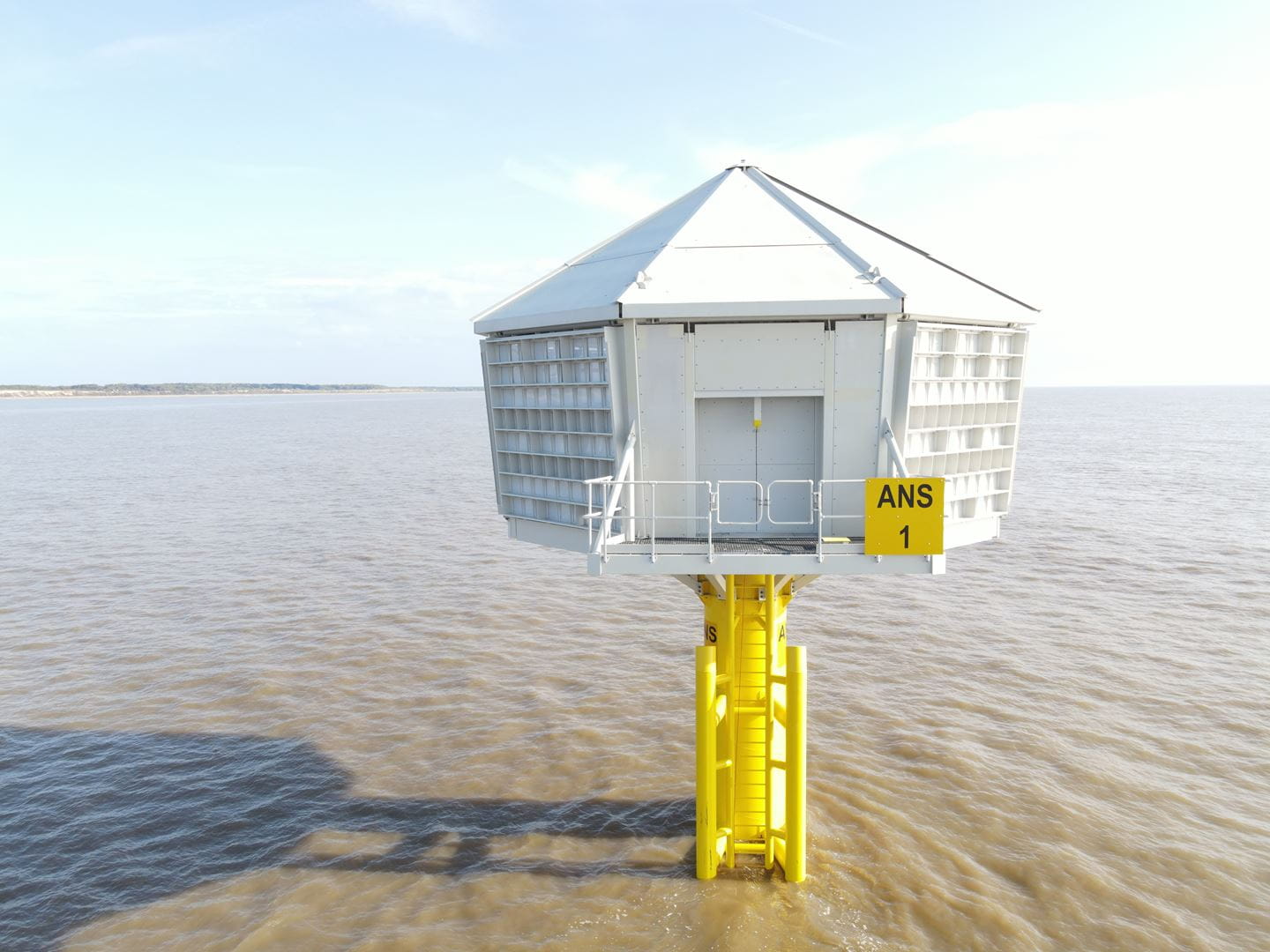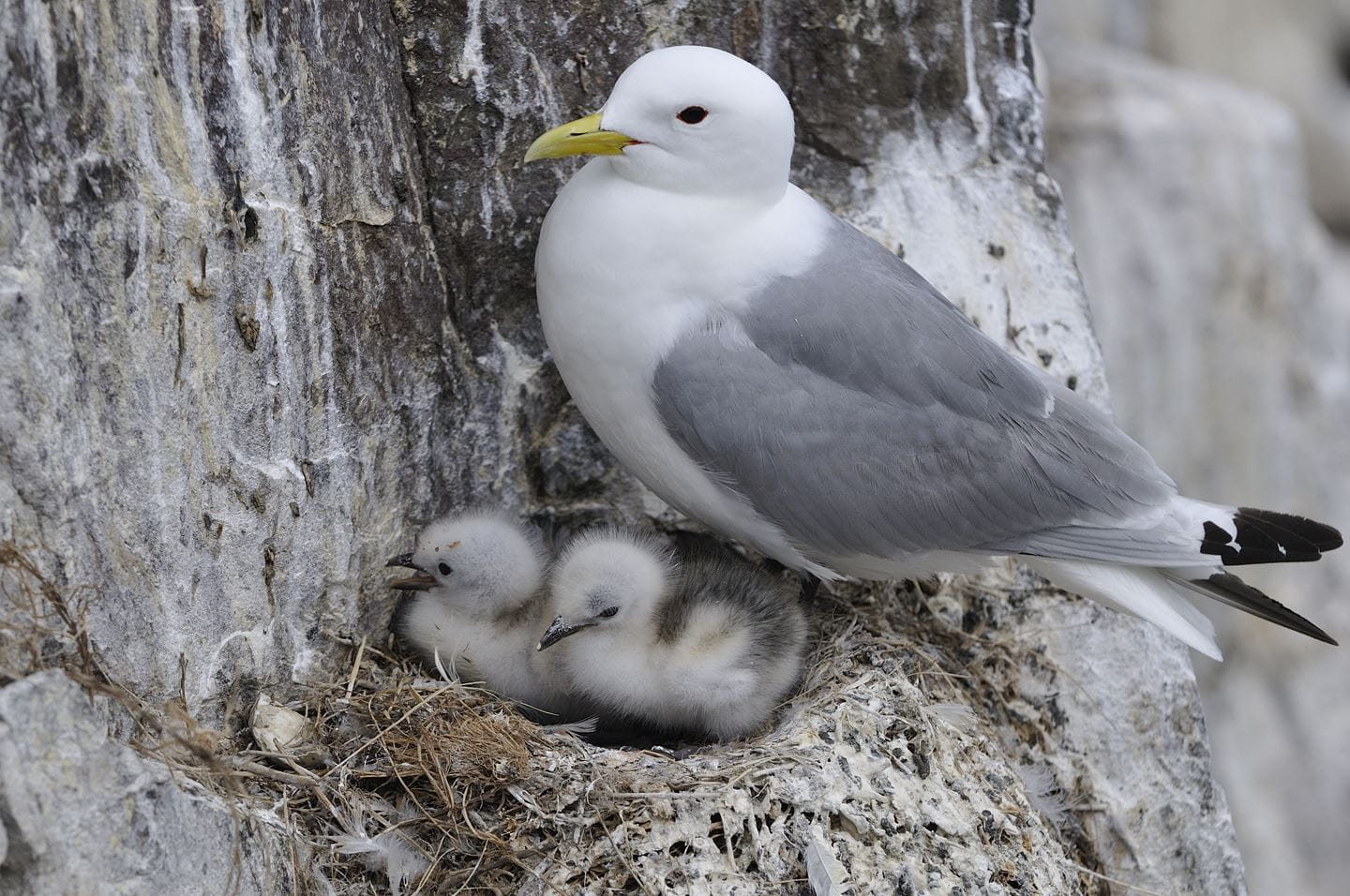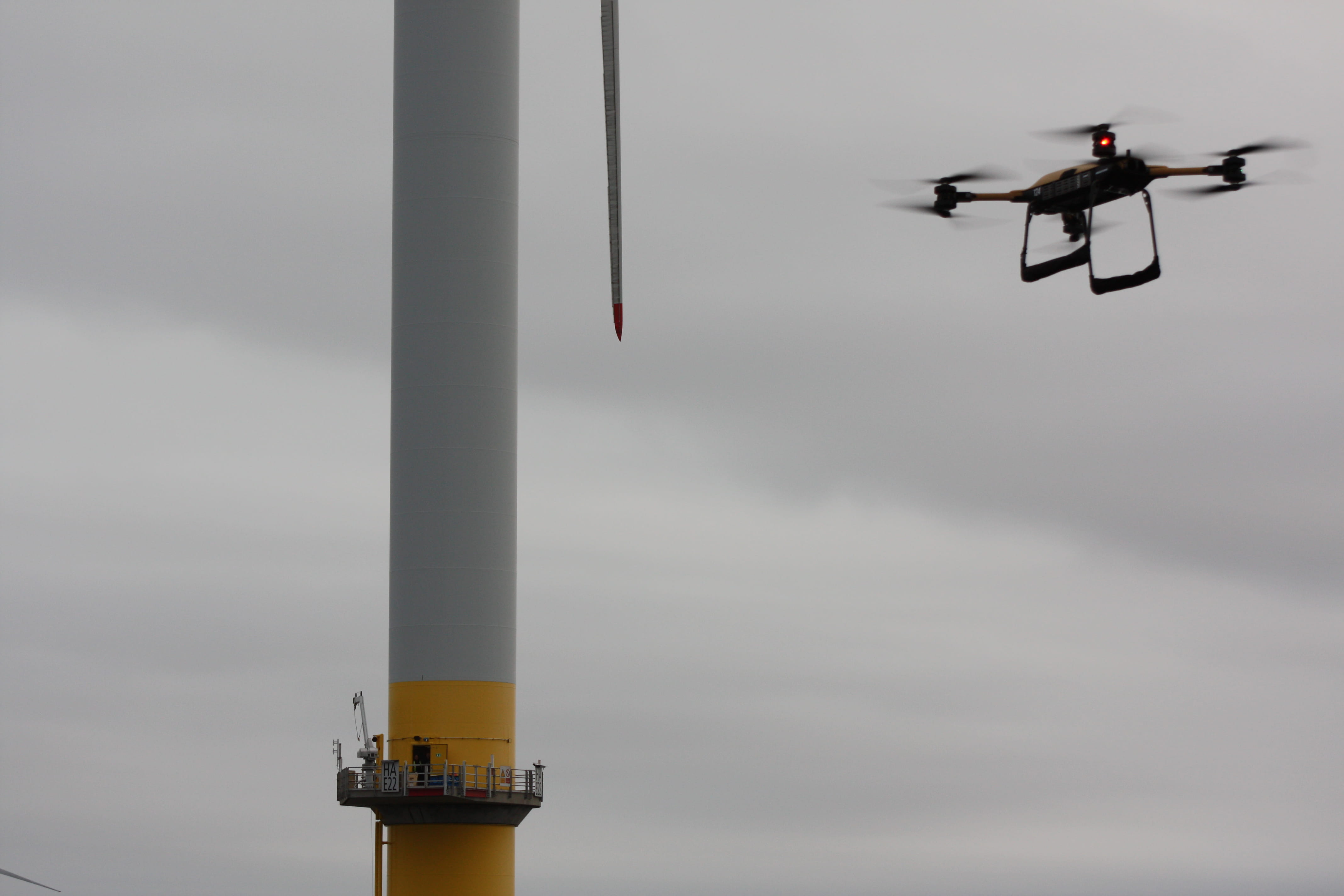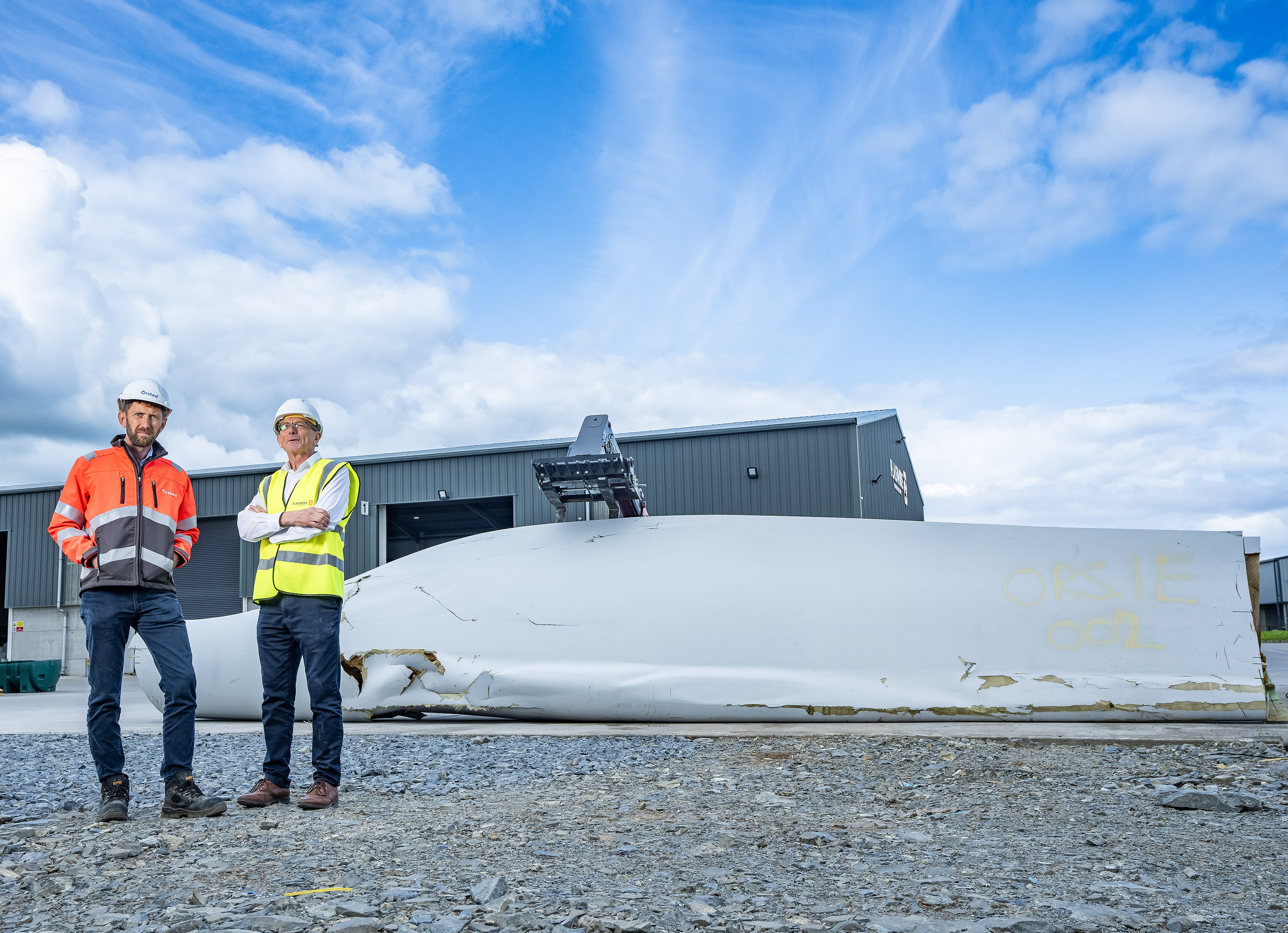An innovative structure
As the first UK offshore wind project to require ecological compensation, the Hornsea 3 team undertook extensive research to identify optimum locations and design features for the artificial nesting structures.
A team of architects, engineers and ecologists were commissioned to design the structures in collaboration with local stakeholders and an Offshore Ornithology Engagement Group, which includes Natural England, the Marine Management Organisation (MMO) and the Royal Society for the Protection of Birds (RSPB) as core members.
Each artificial nesting structure comprises an octagonal top with capacity for around 500 breeding pairs of kittiwake supported above the water on a single monopile. The roof pitch and overhang were specifically designed to mitigate avian predators.
Three artificial nesting structures were installed in July 2023 about 1 km off the East Suffolk shore – with one close to the Minsmere Nature Reserve and the other two located near South Beach, Lowestoft.
Ready for ‘long-term residents’
While the artificial nesting structures are onsite, no kittiwake have taken up permanent residence yet. It will probably take another two to five years before they are colonised. In the meantime, we will continue to monitor them and conduct maintenance as required.
“This is a first of its kind project that required a great deal of collaborative work with stakeholders, architects, engineers, and ecologists to develop a bespoke solution,” said Eleni Antoniou, an Environmental Manager at Ørsted who worked extensively on the project.
“We have already had our first kittiwake visitor to the structures and look forward to seeing our first long-term residents. We’d like to thank all those involved in this ground-breaking project so far.”



